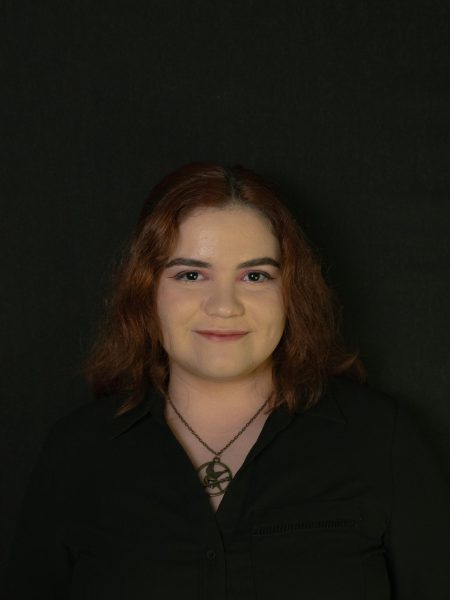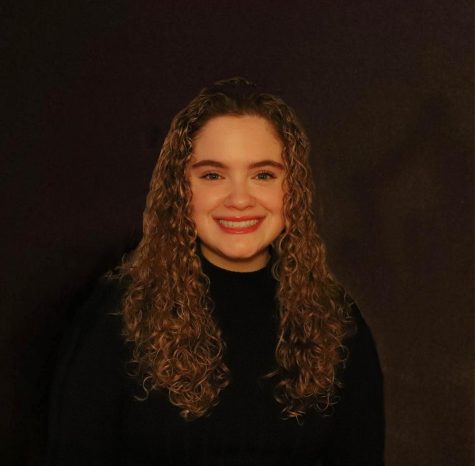The Renaissance of Vampire Media
Anne Rice’s ‘Interview with the Vampire’
November 22, 2022
Rating: 5 out of 5 stars
Anne Rice’s classic horror novel “Interview with the Vampire,” originally published in 1976, sees itself reinvented in AMC’s new television series of the same name, with unique adaptations and various changes that still preserve the themes and characters of the much-beloved book. The show tells the story of Louis, a Black man in early 20th century New Orleans and his twisted romance with the vampire Lestat, who recently arrived from Europe. Also present is the character of Claudia, a vampire turned in her adolescence who became the pseudo-child of the vampiric couple.
The showrunners took the risk of changing Louis and Claudia, originally White, to Black characters. It is specifically impactful in the case of Louis, who was written as a slave and plantation owner in the source material. Race-swapping characters for adaptations has become more and more common, but writers rarely take the time to explore how this affects characters and their stories. Despite maintaining the original plotline, “Interview With the Vampire” presents a story that does not shy away from the realities of the segregated American south and how it would impact all aspects of a Black character while taking care not to become “Black Trauma P*rn” — a much-criticized media form that reduces Black characters to their suffering — and at the same time acts as a tribute to the vibrant culture of the time.
The show also deviates from the book in the relationship between Louis and Lestat, which is made explicitly queer in the series, something that Rice alluded to in the first novel and confirmed in its sequels, but had to originally repress into subtext due to the homophobic standards at the time. Loyal to what is established in the books and to the genres of horror and gothic romance, Jacob Anderson, portraying Louis, and Sam Reid, portraying Lestat, give birth to a toxic yet compelling romance that acts as the heart of the series. Their enthralling relationship, on and off the screen, is a credit to the showrunners, as chemistry tests were done over zoom during the COVID-19 pandemic, and is expertly enhanced by their phenomenal performances and beautiful dialogue written by Anne Rice and a room of writers with backgrounds in playwriting.
Bailey Bass gives an outstanding breaking performance as Claudia, managing the difficult task of portraying the inner struggles of a woman trapped in the body of a teenager and the viciousness of a murderous vampire. The skilled way she shows the different stages of Claudia’s life, from adolescence to adulthood, and the carefully balanced portrayal of age versus a young body and immature mind is a certain sign that Bass is one of the most versatile actresses of her generation.
The series was produced with a sizable budget, and not a cent was wasted. From the authenticity of the elaborate sets to the gorgeous, diverse costumes and the special and practical effects, the scale of the project is felt in every frame of the show. The show is a love letter to the New Orleans of the early 20th century, capturing its beauty and drawing in the viewer. As for the costumes, the show borrowed vintage time-period accurate pieces for the actors to wear and designed specific wardrobes for each character, demonstrating the changing times and even their changing personalities. Notably, the show made use of Anderson’s and Bass’ natural hair to portray a diverse set of Black hairstyles throughout American history, as opposed to flattening it down or forcing them to wear wigs.
AMC delivered a stellar first season with this show that leaves viewers hooked and excited for what’s to come. Anne Rice’s “Interview With the Vampire” is currently available on AMC and AMC+. Season two begins filming in early 2023.













